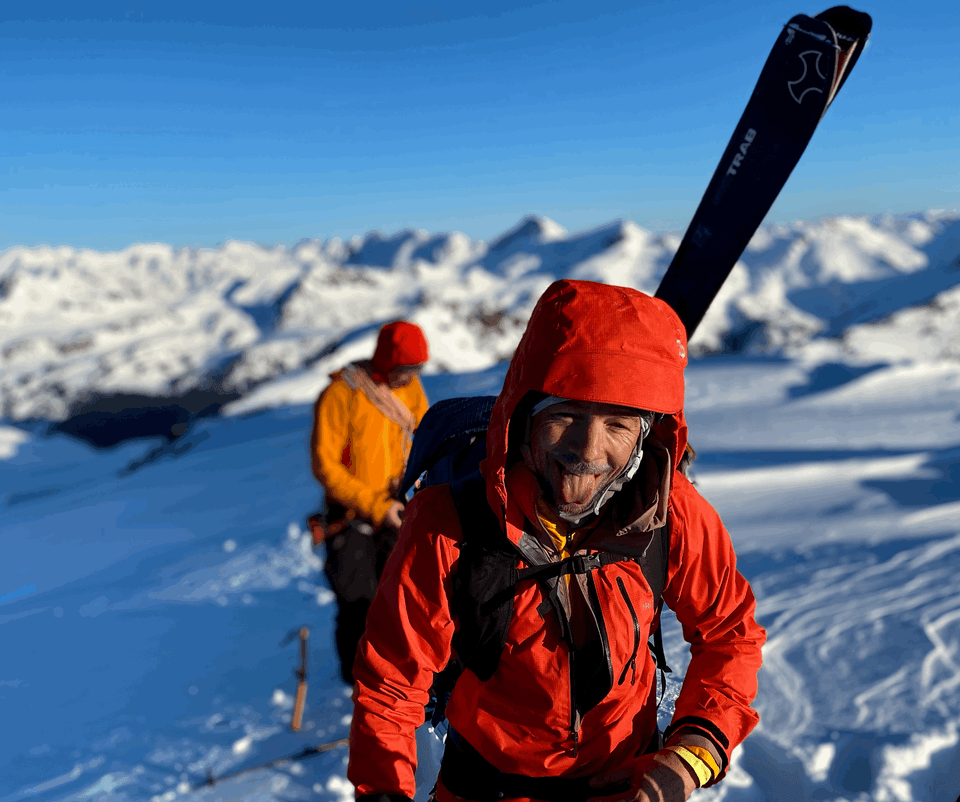When moving feeds the pain

At last you cry out in anguish: "Why me?" God answers: "Why not?"
You can so stand it.
After all, it's only pain.
~Sheldon Kopp, 1979
I am very good at putting my head down and sitting with discomfort, so good that I have made a small career at it. This same trait that has served me so well in my athletic pursuits and, to some degree, through law school, a trait that is so often revered as “determination”, or the “hurt locker”, has also largely been my undoing.
The problem with this approach is that, as the Buddhist author Pema Chödrön noted, "Sooner or later, we're going to have an experience that we can't control: our house is going to burn down, someone we love is going to die, we're going to find out we have cancer, a brick is going to fall out of the sky and hit us on the head." When that happens, I, like so many others I know, are conditioned to move as a response. It’s something I can control, so that’s what I do. I move. It feels better. I run or climb with the pain, but the trouble ultimately with that approach is that the pain travels with me – as I move it gains strength and therefore gets heavier, yet I keep moving. I keep moving until I collpase under the weight of it all.
It is ironic that in Maslow’s law of the instrument they use a hammer as an analogy for problem solving – when all you can do is “hammer” to solve your problems, then all you’ll do is continue to hammer with the pain, stress and anxiety on your back, wearing you down further. Sometimes it is okay to stop. Sometimes it’s exactly what you should do.
Physical exercise and output can be a wonderful and adaptive tool when dealing with stress, but it is only one tool. Sometimes it's the wrong tool, I forget this too often.